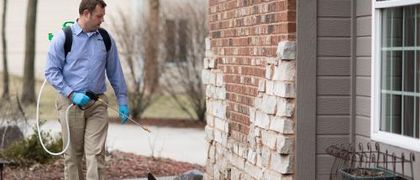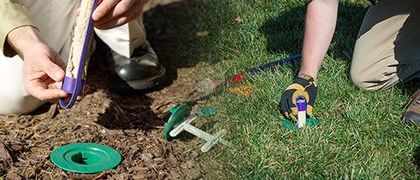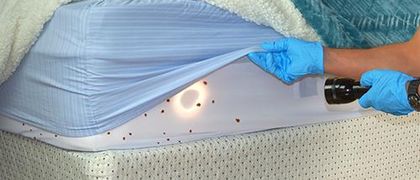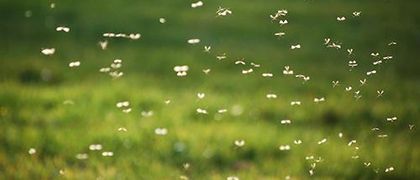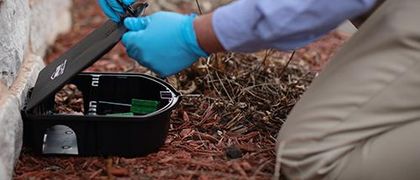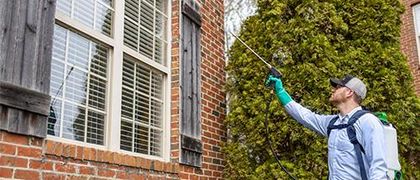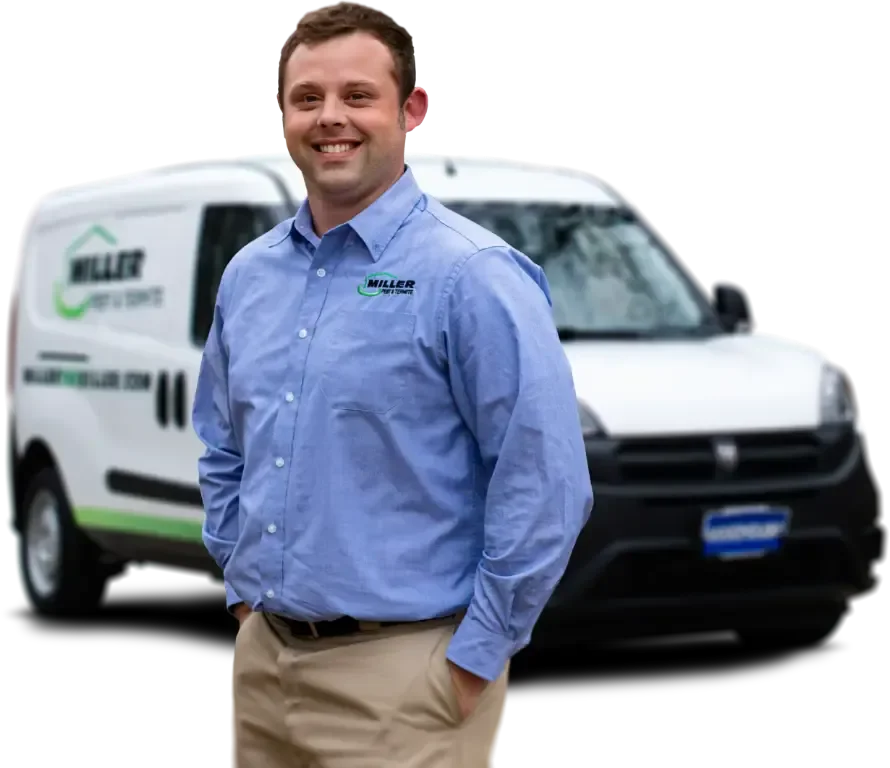The Difference Between Traditional Pest Control and Modern IPM?
How does traditional pest control differ from modern integrated pest management (IPM)? Simple. To quote the U.S. General Services Administration, IPM is “a coordinated system of technological and management practices to control pests in a safe, environmentally sound, and economical manner.” It pays attention to all the factors that cause pests. IPM tries to prevent their occurrence.
The traditional system, by contrast, focused much more on the elimination of pests solely through chemical means like pesticides. It acted only after pests had occurred, in some cases, with little focus on prevention.
Little or no attention was paid to the potential damage done by pesticides, or to their effects on the food and water of either humans or animals. Little or no attention was paid to the environment or other ways of controlling pests.
The mid-twentieth century was the heyday of using chemicals for many things. They were used as fertilizer to grow crops. Chemical means were used to make seeds healthier and hardier.
Chemical intervention was considered a wonderful thing: it did increase crop yields and make farming, for example, much easier. The same was true of disease and pest infestation. In your grandfather’s day and before, it seemed easier and a great boon to let chemicals do what humankind had done on its own before.
However, starting in the 1960s, it became clear that pesticides, unwisely used, could damage the world’s ecosystems. IPM has become standard in the decades since then.
We still use pesticides. They are a part of IPM. Pesticides are the best way to eliminate certain pests, such as mosquitoes and other insects. However, practitioners of IPM use the least toxic pesticides available. They also use pesticides as little as possible.

The Components of IPM
A key way in which IPM differs from traditional methods is that is focuses not only on safety to the environment, but on the environment as a whole matrix in which pests occur.
Use pesticides wisely
Pesticides, when used, should follow the environmental and preventive measures above. Pesticides need to be used as sparingly as possible, with specific attention to the types of pests being eliminated. (No more blanket spraying!) The pesticide chosen must be the least toxic available.
Keeping pesticides to a minimum is the most economical way of pest eradication as well.
Customers Often Ask:
What Should You Expect If You Need An Inspection?
Our pest control inspectors will arrive at the scheduled timeframe when you request an inspection from our company. You will not have to clean the area or move any furniture around. Our experts will inspect the entire area looking for any signs of termite and pest activities.
Get Help Now!

